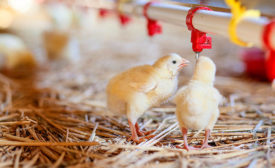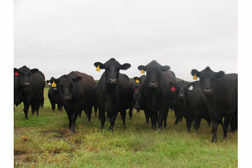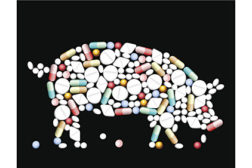Home » animal agriculture
Articles Tagged with ''animal agriculture''
Cover Story
The Animal Agriculture Alliance: Protecting animal agriculture
The Animal Agriculture Alliance celebrates 30 years of connecting with and engaging consumers, and defending the companies that produce the meat and poultry that majority of Americans demand.
Read More
Traceability
To trace or not to trace
Traceability continues to grow in popularity when it comes to meat and poultry products, but more operators will be motivated to add verification systems as technologies evolve and the value proposition gets stronger.
Read More
Farm to Plate: The match game
Corporate social responsibility goes beyond semantics: Your actions must match your message.
Read More
Improving the animal
The next series of big boosts to the industry will come from innovations in the animal-agriculture arena.
Read More
Stay ahead of the curve. Unlock a dose of cutting-edge insights.
Receive our premium content directly to your inbox.
SIGN-UP TODAYCopyright ©2024. All Rights Reserved BNP Media.
Design, CMS, Hosting & Web Development :: ePublishing










